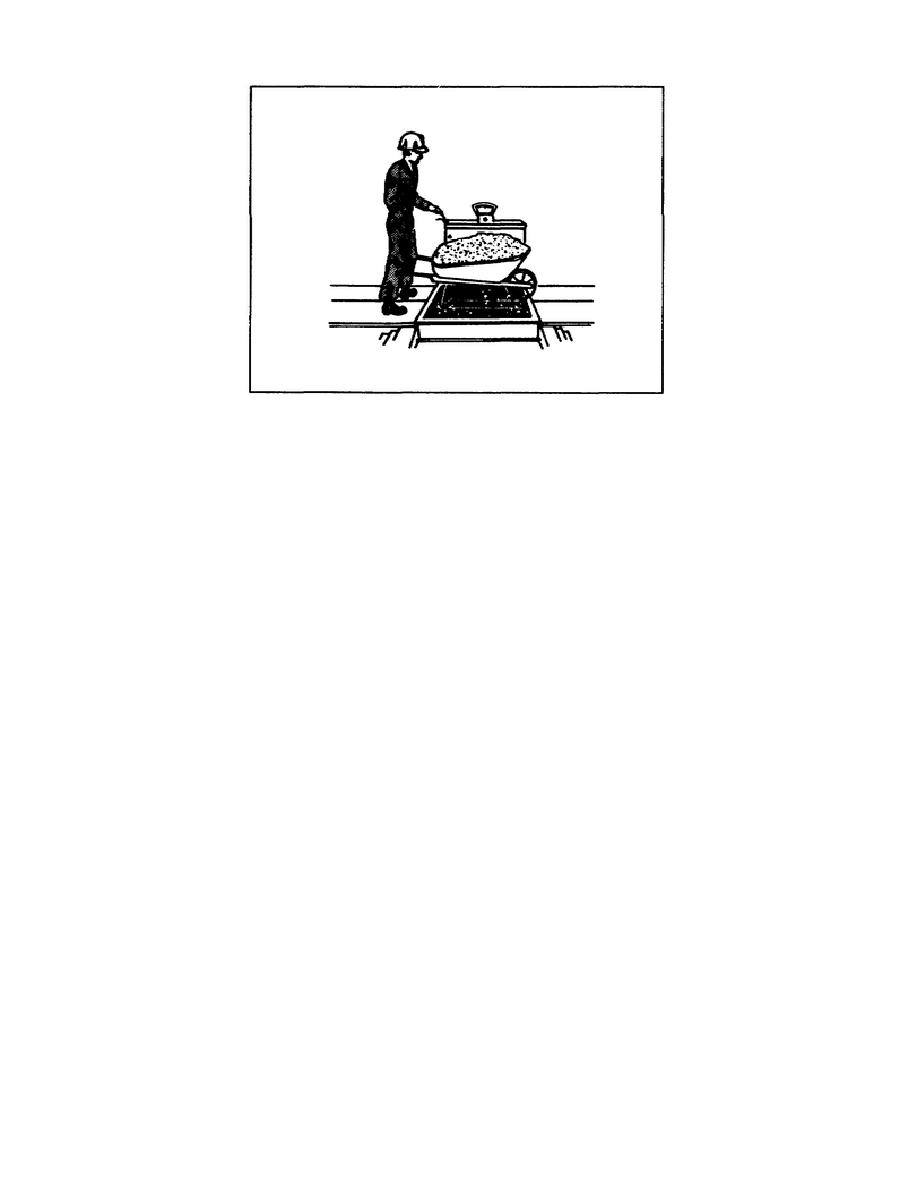
Figure 4-1. Measuring aggregate by weight.
Measurement by volume. You can measure aggregate by volume using a 1-cubic-foot measurement box
built on-site or a wheelbarrow. Wheelbarrows having the 2- to 3-cubic foot capacities are also available
in the engineering units. The M919 measures aggregate to volume.
Water
You must measure mixing water accurately for every batch. If the aggregate contains too much moisture, be sure
to take this into account when adding mixing water. The water tanks on the M919 are adjusted by means of the
flowmeter.
Hand Mixing
Although a machine generally does the mixing, some hand mixing is always necessary. You need a clean surface
for this purpose, such as a clean, even, paved surface or a wood platform having tight joints to prevent paste loss,
like the one shown at the top of Figure 4-2 on page 4-6. Moisten the surface and level the platform, and spread
the coarse aggregate over the cement as shown at the top of Figure 4-2. Use either a hoe (see middle of Figure
4-2) or a square-pointed, D-handled shovel to mix the materials. Turn the dry materials at least three times until
the color of the mixture is uniform. Add water slowly while you turn the mixture again at least three times or
until you obtain the proper consistency. Although one worker can mix 1 cubic yard of concrete by hand in about
1 hour, this is not economical for batches of more than 1 cubic yard. Instead, two workers facing each other
should work their way through the pile and keep their shovels close to the platform surface while turning the
materials. You can also mix in a hoe box, as shown at the bottom of Figure 4-2.
4-5
EN5466



 Previous Page
Previous Page
